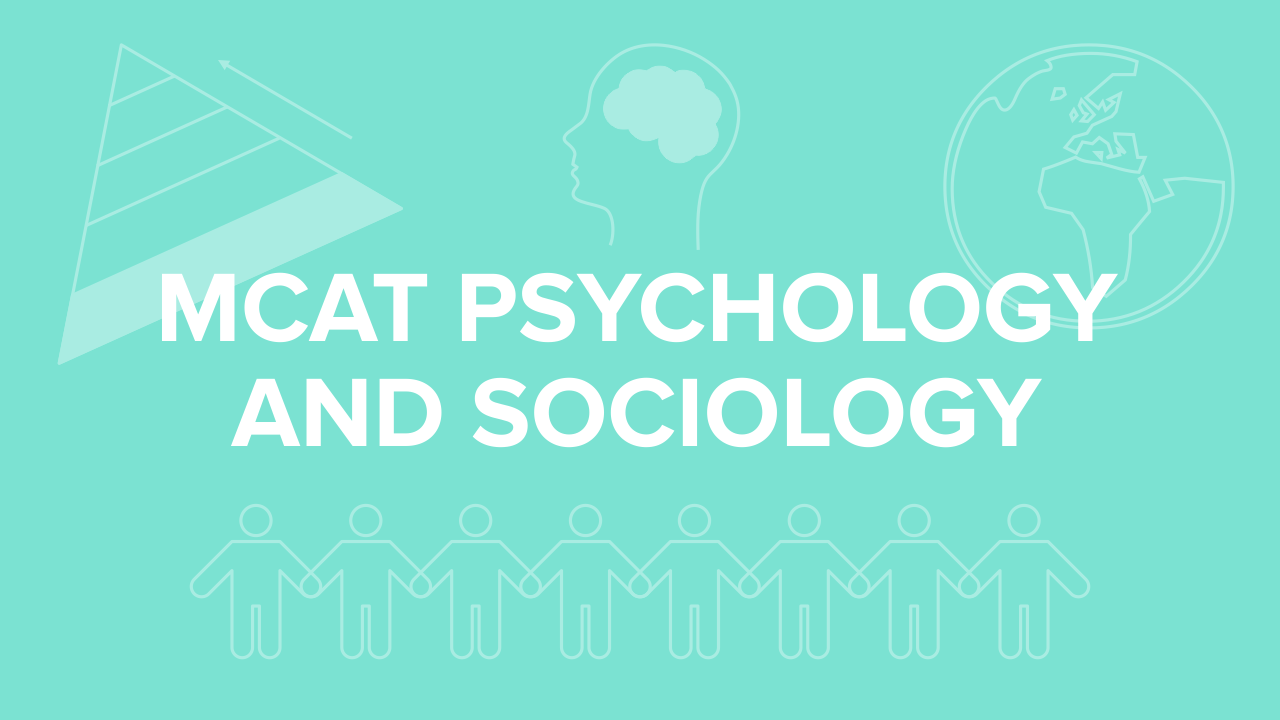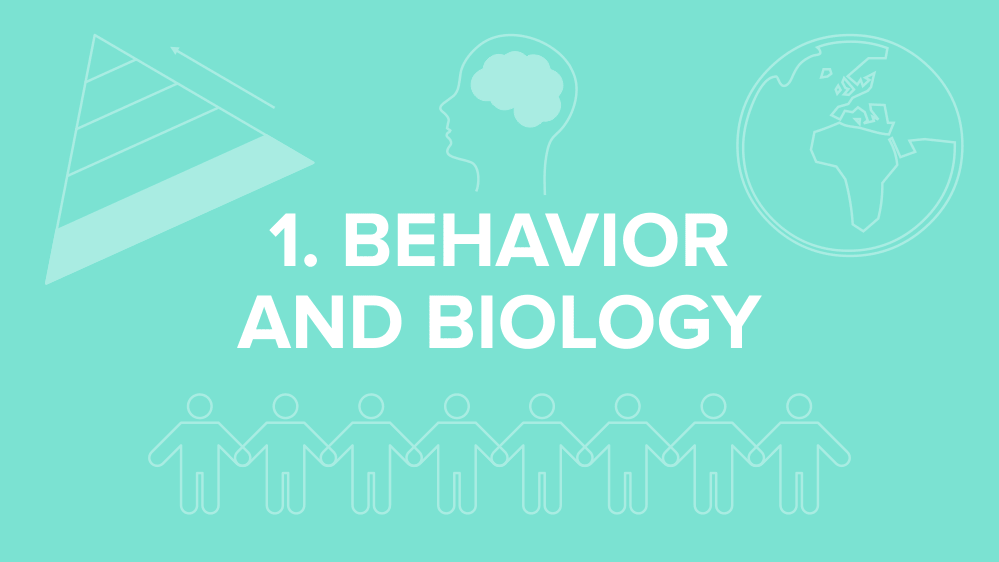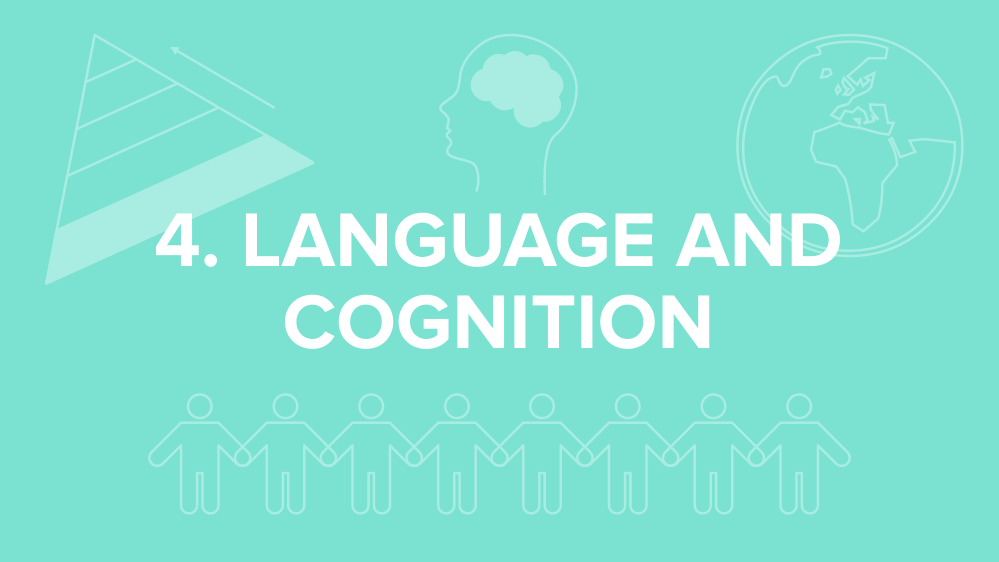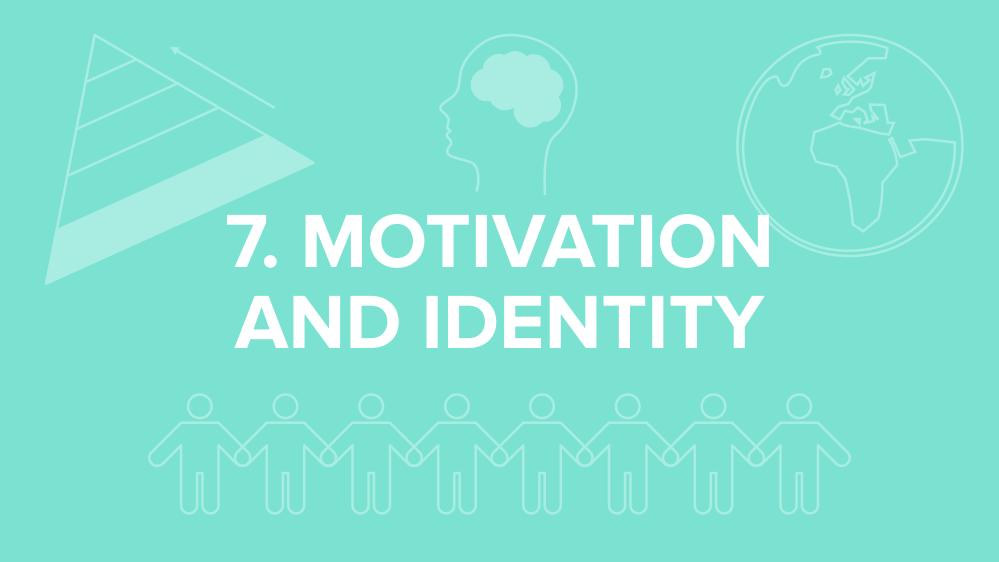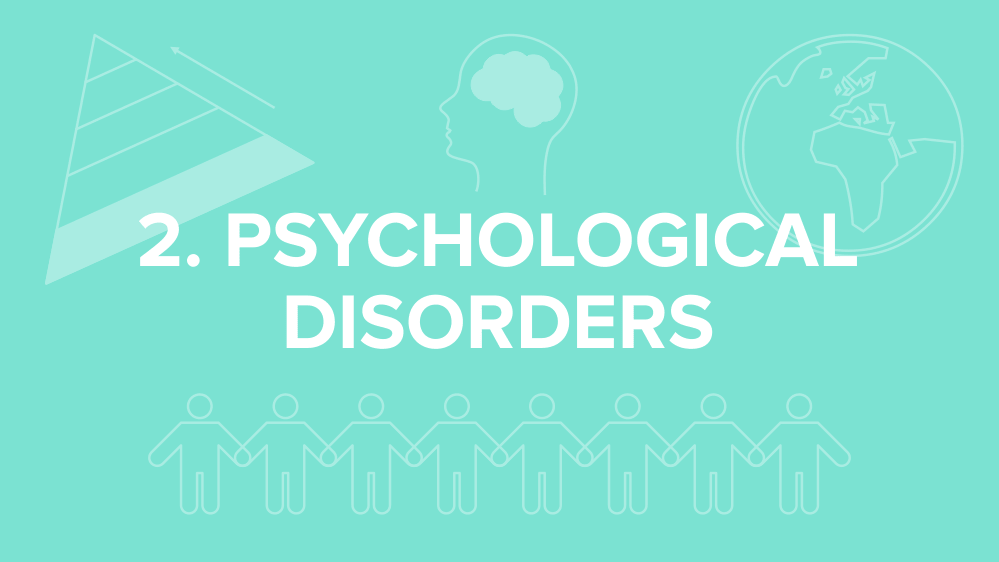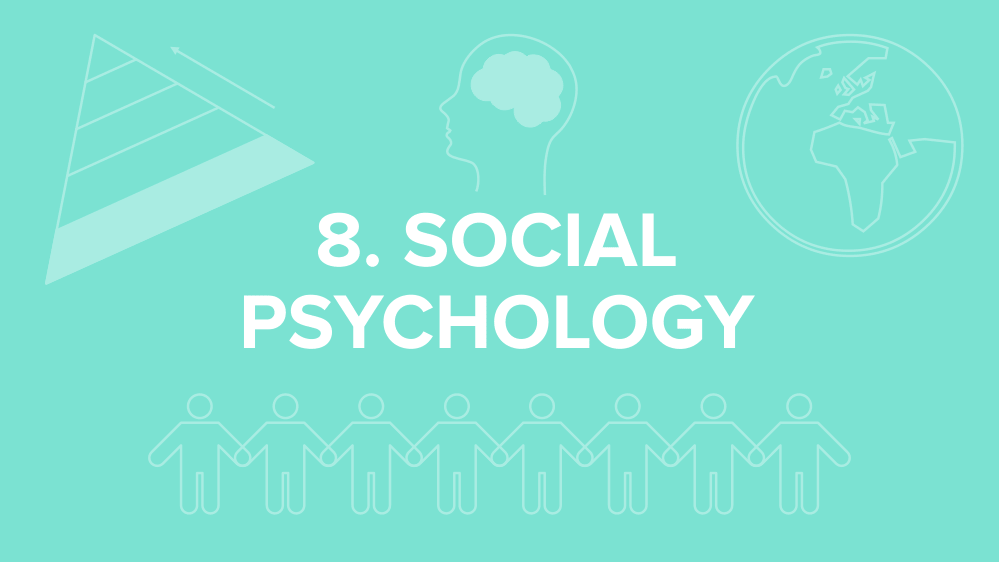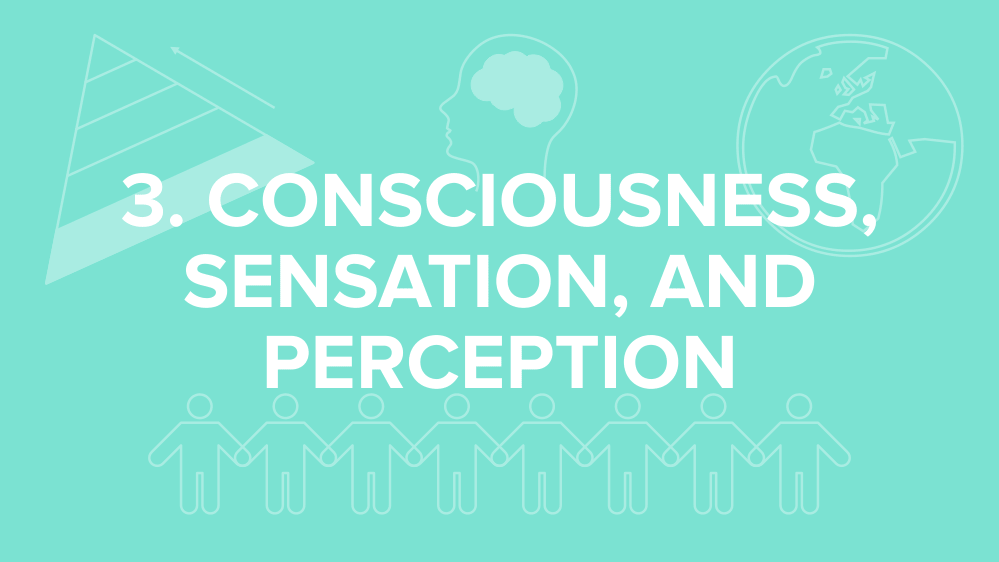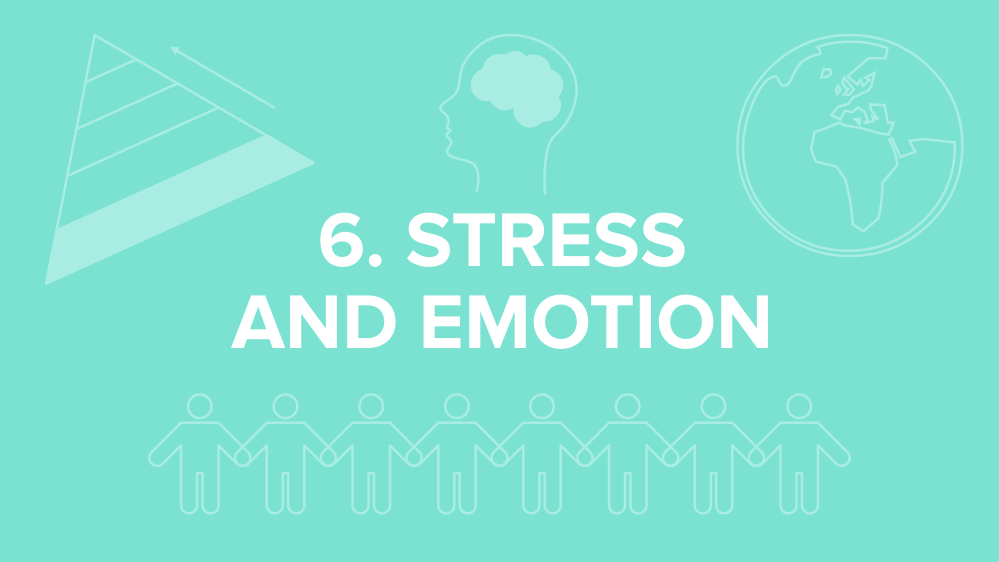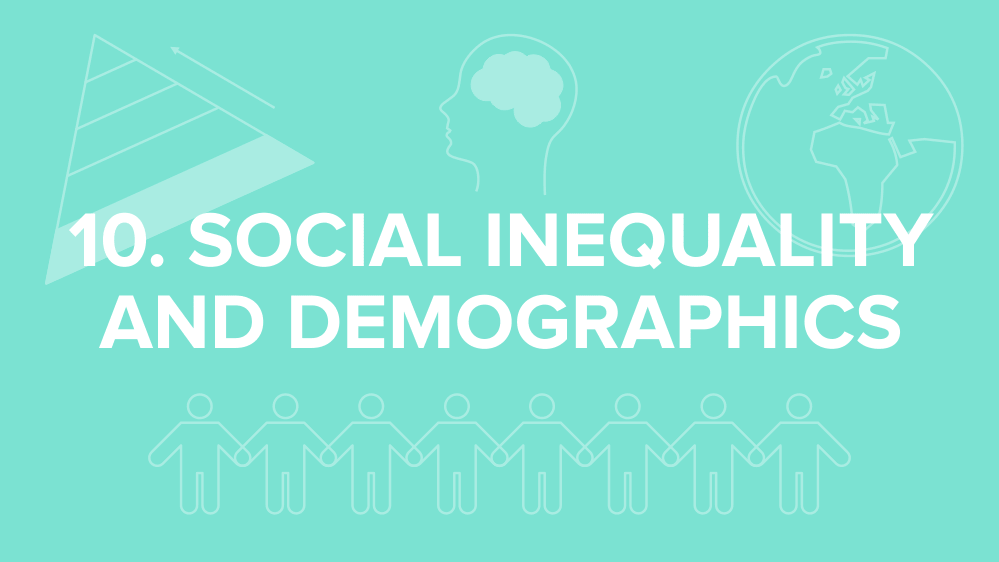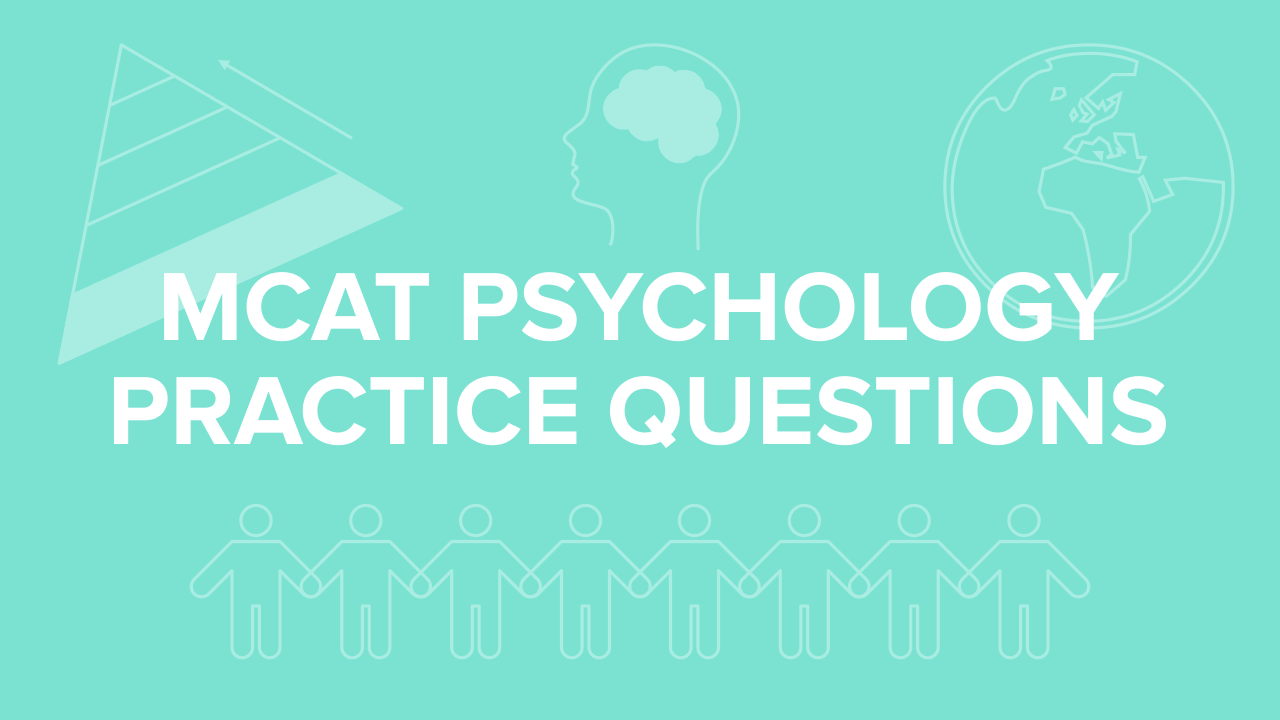MCAT Psychology and Sociology: Everything You Need to Know
/Learn essential Psych/Soc topics, expert strategies, and high-yield tips to strengthen your MCAT performance and raise your overall score.
----
Part 1: Introduction
The MCAT psychology and sociology section is the final section of the exam. You’ve made it through the previous three sections, and you’re on the home stretch. Unfortunately, many students become complacent during this section and finish very quickly. It’s important to remember, though, that the psych/soc section of your MCAT makes up 1/4th of your overall score!
We all know how important the MCAT is for medical school admissions. A good MCAT score can significantly improve your admissions chances and put you one step closer to placing “Dr.” in front of your last name. But, the MCAT is a long and hard exam, so you’ll need to optimize many areas of your test prep (such as your study schedule) to perform well.
The psych/soc section of the exam is a critical component of your score. You can perform well on this section without having taken a psychology or sociology class, and this guide will provide all of the content you need to know for the MCAT psychology and sociology section. We’ll provide a toolbox that you can use to get these questions right, in addition to study strategies you can use to maximize your score. Let’s get started!
----
Part 2: The psychology and sociology content you need to know for the MCAT
Note: Clicking on any of these thumbnails will take you to a comprehensive guide on that topic.
----
Part 3: MCAT psychology and sociology study strategies
MCAT Psychology and Sociology Tip #1: Know any vocab words that show up on practice questions you take and write down any words you don’t know.
Many questions on the psych/soc section test your ability to distinguish between a set of terms. Let’s say you see the following question on your exam:
After a tornado, a student claims that she knew it was coming several months before it happened. This is an example of:
A) Hindsight bias
B) Representativeness heuristic
C) Availability heuristic
D) Cognitive dissonance
If you don’t know what the definitions of the words are, you will not be able to answer the question correctly. In this case, the answer is hindsight bias, which describes a fallacy where a person believes they knew something was going to occur when in reality there is no way that they could have made that prediction.
If you didn’t know what hindsight bias meant before this question, you would likely find answering the question correctly very difficult. So, anytime you get a psych/soc question and you do not know the definition of a term, write the definition down on a set of flashcards. Writing the term and the definition down, however, is not quite enough to get all MCAT questions right, especially when you get to trickier terms that never seem to stick, no matter how many times you memorize them!
Let’s move on to our second tip.
MCAT Psychology and Sociology Tip #2: When you define a psychology/sociology vocabulary term, include with it an example that makes sense to you.
What is an example of hindsight bias? The example can come directly from the question itself! You would write the following:
Hindsight bias: when an individual or group believes that they knew something was going to occur when in reality there is no way that they could have made that prediction. Example: After a tornado, a student claims that she knew it was coming several months before it happened.
Utilize the already written out AAMC practice questions to your advantage. Going back to our example, we would also want to define and write down an example for our other answer choices if we didn’t already know what they meant.
MCAT Psychology and Sociology Tip #3: Anytime you receive a passage with a graph or a figure, make sure you go back and review each figure thoroughly.
During your actual exam and while you take practice, you will often not have time to fully understand any graphs or figures presented. In fact, you should not spend too much time on any one given figure unless a specific question is asking you about it.
Once you finish taking a passage, however, you should make sure to go back and understand every part of every graph or figure in the passage. What is the value in this? The more practice you get analyzing graphs or figures without a time crunch, the better you will be able to quickly analyze them when there is a time crunch.
MCAT Psychology and Sociology Tip #4: Practice identifying the independent, dependent, and control groups within experiments mentioned in the passages.
In addition to vocab and applying vocab, the test writers at the AAMC really like to test students on psychology and sociology experiments. Students who have a great grasp of the vocab often struggle on experiment-style questions because it is easy to get lost in complex experiments.
Our tip is to practice identifying and writing down the key components of any experiment. What are the researchers changing on purpose? That is our independent variable. What are the researchers measuring as an outcome? That is our dependent variable. And what must the researchers hold constant in order for their results to hold true? Those are the controls.
Let’s look at the following example to practice identifying these important experimental variables:
In a study, researchers want to retrospectively assess the effects of air quality on rates of cardiovascular disease in elderly patients. Group 1 contains patients currently between the ages of 60 and 65 who lived at least eight years within city limits in a city with a population above one million people while they were between 40 and 50 years old. They compare this to Group 2, which includes patients between the ages of 60 and 65 who lived at least eight years within city limits in a city with a population below two hundred thousand people while they were between 40 and 50 years old. Which of the following is a potential confounding variable that the researchers did not control for?
A) The effect of air quality in the city
B) The size of the city
C) Socioeconomic status
D) The number of years in the city
Now, before we answer this question, let’s identify our important experimental variables. What are the researchers changing on purpose? The only difference between Group 1 and Group 2 is the size of the city that the patients lived in. So, size of the city is our independent variable, and the researchers are using city size as an indirect measure of air quality. They make the assumption that a bigger city has worse air quality. Therefore, answer choices A and B are incorrect as they describe the independent variable of the study in different ways. Let’s now think about the dependent variable. What are the researchers measuring as an outcome? As the question says, the researchers are measuring rates of cardiovascular disease.
Next, what are the researchers holding constant across both Group 1 and Group 2? Each group has patients between 60 and 65 years old, and each group lived at least 8 of 10 years between the ages of 40 and 50 in their respective city. Let’s look at answer choice D: the number of years in the city. The researchers accounted for this by specifying at least eight years, so that is not our correct answer.
Now, let’s look at answer choice C. By process of elimination, we know this is our correct answer, but let’s take a closer look. At any point in the study, did the researchers account for socioeconomic status? If you answered no, you are correct. In order for the researchers to account for socioeconomic status, they would have needed to look at household income or another proxy variable. So, answer choice C is our correct answer here.
Use this exercise as an example of how to analyze the experiments that the AAMC will give you on the MCAT psychology and sociology section. Every time you see an experiment in this section, practice this exercise and you will master experiment-based MCAT psychology and sociology questions in no time.
----
Part 4: MCAT psychology and sociology practice questions
1. Two identical twins who grow up in separate households with different socioeconomic environments score 37 points apart on an IQ test. Which of the following best describes this result?
A) Influence of genetics on intelligence
B) Unreliability of the IQ test
C) Standard deviation of the IQ test
D) Influence of environment on intelligence
2. Which of the following best describes the door-in-face phenomenon?
A) A salesperson asks someone to sign a small petition before attempting to sell a car
B) A supermarket advertises low prices for all items
C) A store employee shows a customer the most expensive TV before showing less expensive TV options
D) A jewelry store advertises high prices for all items
3. A teacher tells a student to stop distracting others during class, and the student changes his behavior. Which of the following best describes this change in behavior?
A) Obedience
B) Conformity
C) Social loafing
D) Bystander effect
Answer Key
The correct answer is D. Both genetics and the environment play a role in intelligence. Here, the genetic influence appears smaller since the twins score differently on the IQ test, and the environment seems to be the key factor in the differences in their IQ scores (choice D is correct; choice A is incorrect). While the IQ test does have its flaws, it is a standardized exam, so it is unlikely to be completely unreliable (choice B is incorrect). The standard deviation is 15 points on an IQ test, and the two scores fall well outside of two standard deviations. As a result, it is unlikely that the standard deviation explains the score differences (choice C is incorrect).
The correct answer is C. The door-in-face phenomenon is a persuasion technique in which the customer is presented with a large request, followed by a smaller, more reasonable request that they are then more likely to purchase (choice C is correct; choices B and D are incorrect). Signing a small petition before buying a car describes the foot-in-door technique (choice A is incorrect).
The correct answer is A. Obedience describes a change in behavior due to an individual who has the authority to change the behavior (choice A is correct). Conformity is a change in behavior due to an individual who does not have the authority to change the behavior, such as a peer (choice B is incorrect). Social loafing describes the ability to not work as hard in a group setting (choice C is incorrect). Bystander effect describes the tendency of bystanders to not act and believe that someone else will step in (choice D is incorrect).

